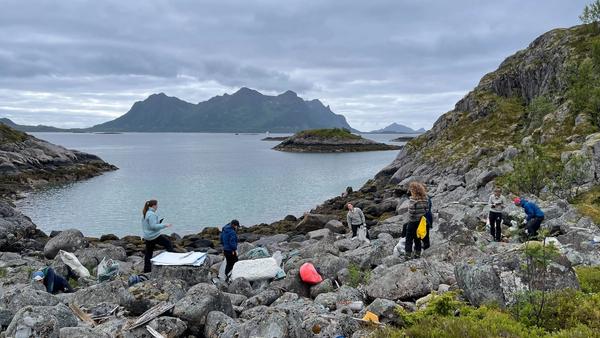Plastic in the ocean
Marine litter is waste that has deliberately or accidentally been released in a sea or ocean. This is a serious environmental problem, which can have major negative consequences for the marine environment. Here you can find knowledge and information that is useful in the work against marine litter.
The three types of marine litter
Marine litter can be found along the coast, on the seabed and in the sea. Worldwide, it is estimated that 8-12 million tonnes of plastic end up in the sea each year, but there is no precise global estimate. Nevertheless, there is no doubt that the overall volume of plastic in the sea is extensive, and the scope and impact have been scientifically well documented.
How much plastic is it in the ocean?
The 2021 UN report “From pollution to solutions” shows that somewhere between 75 and 199 million tonnes of plastic are estimated to exist in the ocean.
Where does the plastic in the ocean come from?
Plastic in the ocean come from several different sources. It may originate from an overfilled waste bin in a public place, cigarette butts discarded on the street or because of the loss of equipment, poor waste management or dumping of waste in the ocean.
A large volume of litter recorded on Norwegian beaches is local and originates either from the land or the sea. Large proportions of the litter along Norwegian beaches therefore originate from Norwegian sources and lesser amounts from other countries. International waste may, in some cases, have been dumped or lost from international shipping, fishing or aquaculture activities or may travel to the Norwegian coast through sea currents.
There are regional and local differences in the source composition in Norway, with business activities, the geographical location of the clean-up area and other factors also coming into play. One example relates to the area around the Oslo Fjord, where the outer Oslo Fjord, with its open coastal areas, has a greater proportion of waste from sea-based sources than the inner Oslo Fjord, where land-based sources dominate.
Land-based sources
Sea-based sources
Beach cleaning
One of the most important measures available against marine litter is beach clean-ups.



